Retina & Uvea Services
Vitreo-retina and Uveitis department deals with the diseases of the posterior segment of the eye like diabetic retinopathy, retinal detachment, age related macular degeneration, trauma, inflammation, etc.
AEDI has a well-established retina set up including services of trained retina specialists, latest investigative modalities like OCT, OCTA, FFA, B scan and DORC vitrectomy platform for vitreoretinal surgeries.
What should you know about your retina check-up?
(1) Dilatation Drops
- Drops are instilled into your eye for examining your retina.
- You will need to wait in the OPD for ½ to 1 hour for the drops to take effect.
- The drops will cause blurring of vision for 3 to 4 hours.
(2) After initial examination, if the primary physician feels the need, you will be referred for consultation with the retina specialist.
(3) Specialized investigations may be required to aid the diagnosis and treatment of retinal diseases. These tests can be performed in the OPD. AEDI has latest diagnostics for retina like FFA, OCT, OCTA and B scan.
(a) FFA
- It is the angiography of the eye
- A dye will be injected into the vein of your hand and images of your retina will be taken for up to 15 minutes.
- This is a very useful investigative tool for diagnosing diseases of blood vessels of the retina like diabetic retinopathy, vascular occlusions, age related macular degeneration, etc.
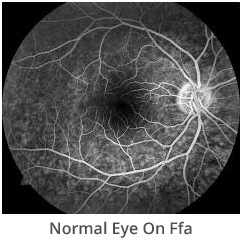
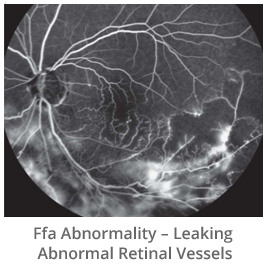
(b) OCT –
- This test provides useful information about the macula, which is the central point of retina, which is most useful for vision.
- It is a scan which clearly shows all the layers of the retina.
- It is useful for diagnosis of diabetic macular edema, central serous retinopathy, age related macular degeneration, macular hole, etc.
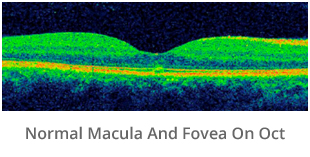

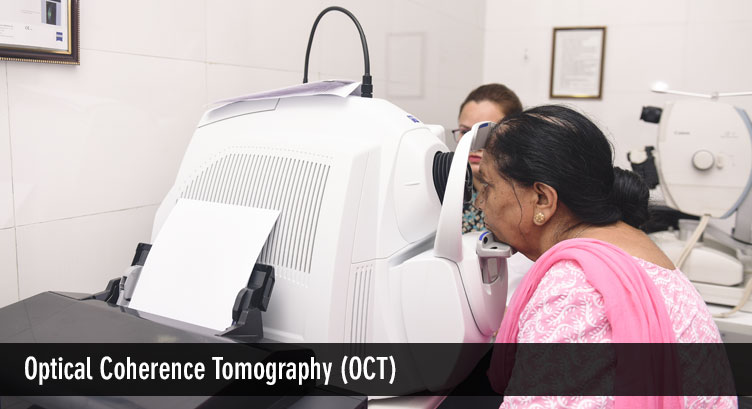
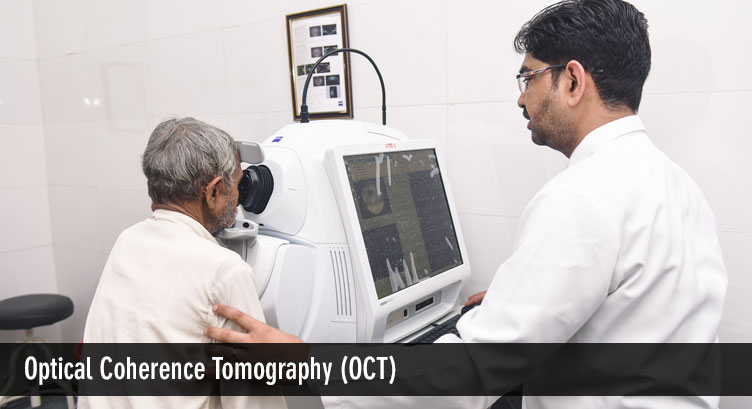
(c) B scan –
- It is the ultrasound scan of the eye.
- It is performed when the basic details of the posterior segment are not visible due to media opacity like an advanced cataract, vitreous haemorrhage (bleeding into the posterior part of the eye) or vitritis (inflammation of the vitreous body).
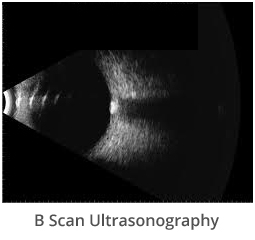
(d) OCTA –
- It is a non-invasive investigation to visualize the vascular network of the retina.
- It is a functional extension of OCT that provides additional information on retinal and choroidal circulation without injection of dye.
- It is useful for diagnosis of choroidal neovascular membranes, macular ischemia, etc
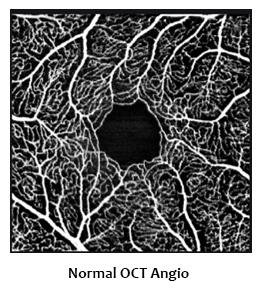


AEDI offers medical and surgical retina services through trained retina specialists.
- a. Medical Retina –
- Retinal laser – This can be performed in the OPD. One or more sittings may be required depending upon the severity of the disease. This is useful to treat diseases like diabetic retinopathy, retinal vein occlusion, retinal holes and tears, etc.
- Intravitreal injections – They are performed in the operating theater. This is performed to deliver the drug directly to the posterior segment of the eye near the retina. This is useful to treat diseases like diabetic retinopathy, retinal vein occlusion, age related macular degeneration, etc.
- b. Surgical Retina –
- Some retinal diseases need surgical intervention.
- AEDI has the DORC operating platform for performing vitreoretinal surgeries.
- Some of the diseases which may need surgery are retinal detachment, vitreous hemorrhage, dislocation of the lens, epiretinal membrane, macular hole, intraocular infections, etc.
